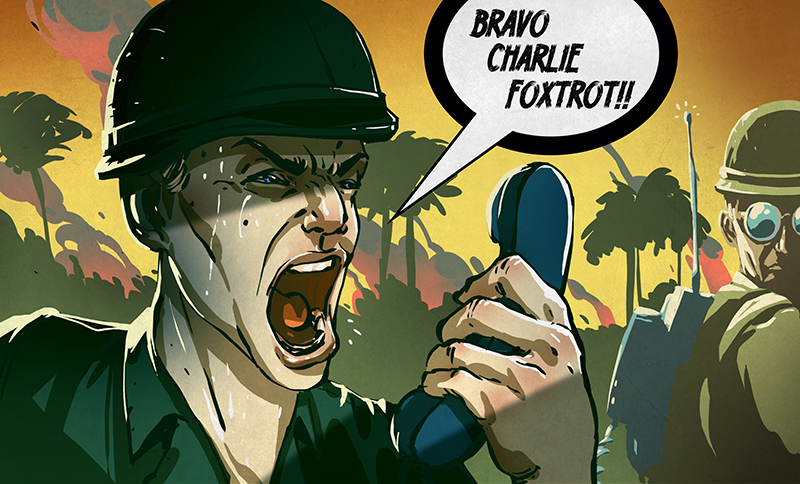After my last post, about my 50 years of Hamming, in discussion on Facebook, where I also posted the same thing, several people also confessed their experiences with Ham Radio in their past.
I was fortunate to attend a high school that offered some computer courses then. In the late 60’s computers were big machines usually found at universities or the largest of companies.
A teacher at my school was also an instructor in computer study at a local community college. He taught courses there in the evenings. During the day, along with his duties as a math teacher at my high school, he offered to teach some computer courses. Data Processing and Computer Programming were the very simple names for the two courses. One was the requirement for the other.
Data Processing taught the basics of how machines came to be made that could manipulate numbers. We studied Babbage and Hollerith and looms and computing machines. But mostly, we learned how a keypunch machine and card sorter worked.
The only computer equipment available to a high school then was a keypunch machine and it’s cohort, the card sorting machine.
We spent a lot of time learning how they worked. How the holes in the card translated into letters, numbers and special characters. ASCII data. How different parts of the 80 columns were used for different purposes and that the first few columns were used for a sequence number. You could drop or shuffle a deck of the Hollerith cards and use the card sorter to quickly put them back in sequence.
Of course, this was all necessary to know for the second course, Computer Programming, because your programs were punched onto cards which were taken in the evening to the community college where they could be loaded into the big IBM computer there to run. If they worked, you would get your results back later.
This was the same time where my interest in radio became an interest in Ham Radio. Two fellow students in my class happened to be Ham Radio Operators and when they found out they could communicate secretly in class by tapping or quietly whistling Morse Code, all sorts of shenanigans began.
They decided it would be a cool thing if they could form a school radio club and set about to do so. They found a willing sponsor, our chemistry/physics teacher and we were allowed to meet after school in the lab.
The first thing on the new club’s agenda was to have all the members of the club get their licenses. The two who were already licensed set about tutoring the rest of us. Electronic theory and rules and regulations were pretty straightforward. They were taught from the ARRL license manuals. But the Morse Code had only one way to be taught – practice.
Hand-sent code with a practice oscillator was used starting out simply with only a few letters at a time. The letters were memorized unti you could recognize them quickly enough to write them down before you missed hearing the next one.
We all struggled along, but I don’t recall even one of us getting good enough to pass even the 5 WPM test for the Novice license.
We also put a lot of effort into a club station. Some borrowed equipment was obtained and a dipole antenna was installed on the roof. The center was supported by the chimney of the schools boiler. It was well above the roof of the gym, so it was a pretty decent height. I don’t think much was ever done with the station because none of us ever got our licenses and the two who had them, had their own stations at home. A few demonstration contacts, at most, were made. But the club call WB2EET was born.
So that’s why my roots of both Ham Radio and computers are intertwined. I just read an article about Dr. Leonard Kleinrock a pioneer in the creation of the precursor to the internet. It was about the same time as I was in high school, and there it was, another guy whose interest in radio and crystal sets led him to an interest in computing. This is a quote from the article in PC Mag. Lots more in the article.
Let’s get your backstory now. Your first interest was in radio while at the Bronx High School of Science, right?
Ah, no, it was long before that. I was a typical kid on the streets of New York. I loved gadgets, puzzles, games, and comic books. Inside the Superman centerfold, one day, was a set of instructions which explained how to build a thing called a crystal radio.
